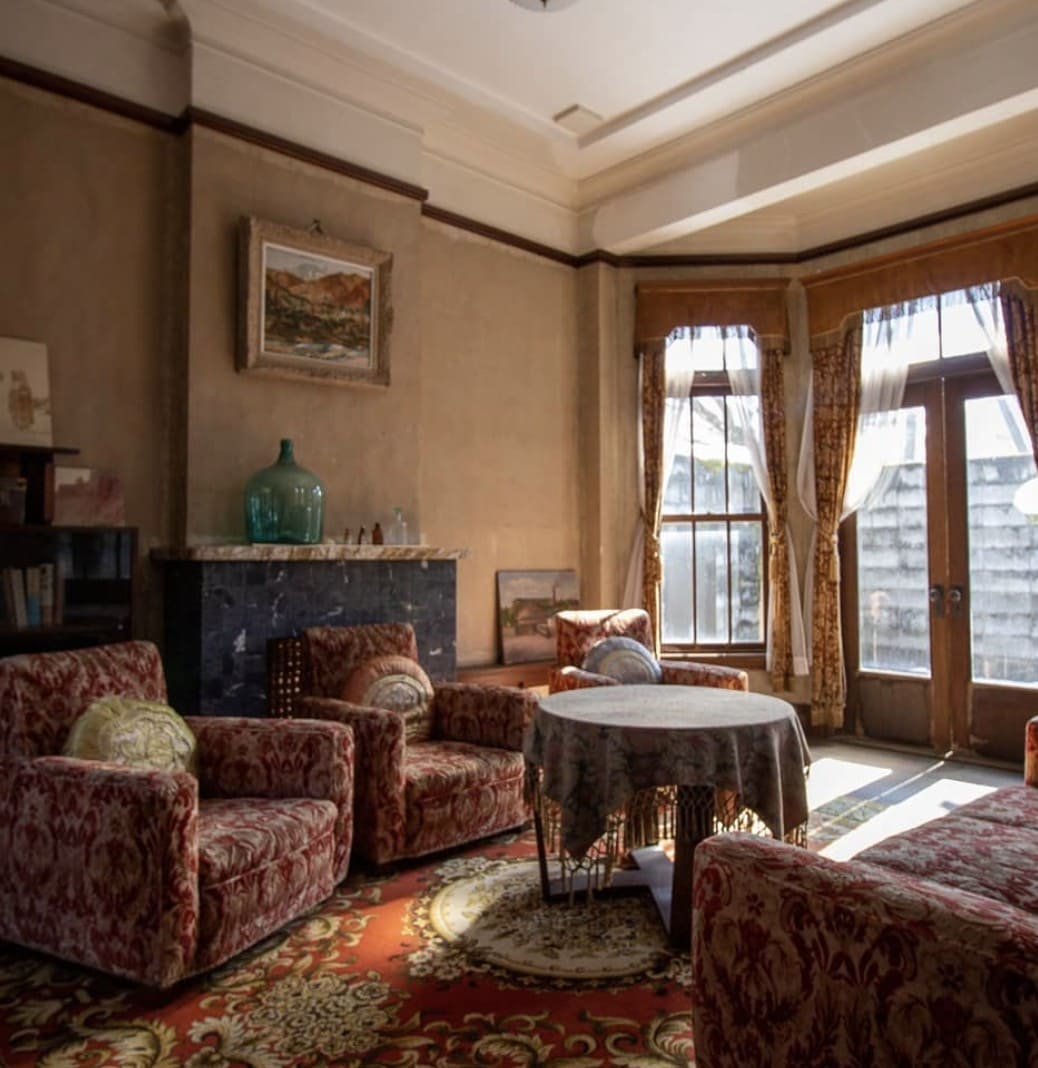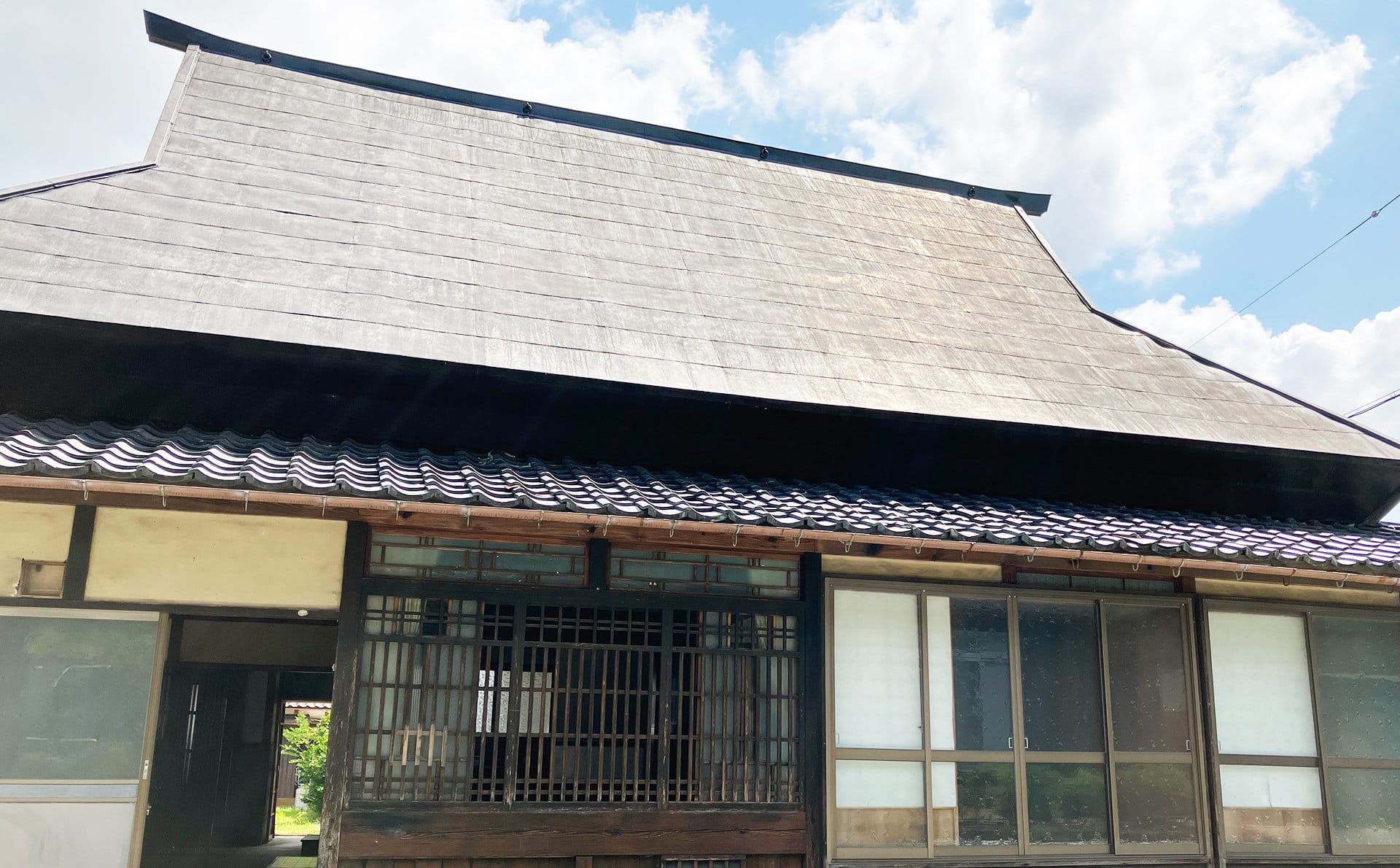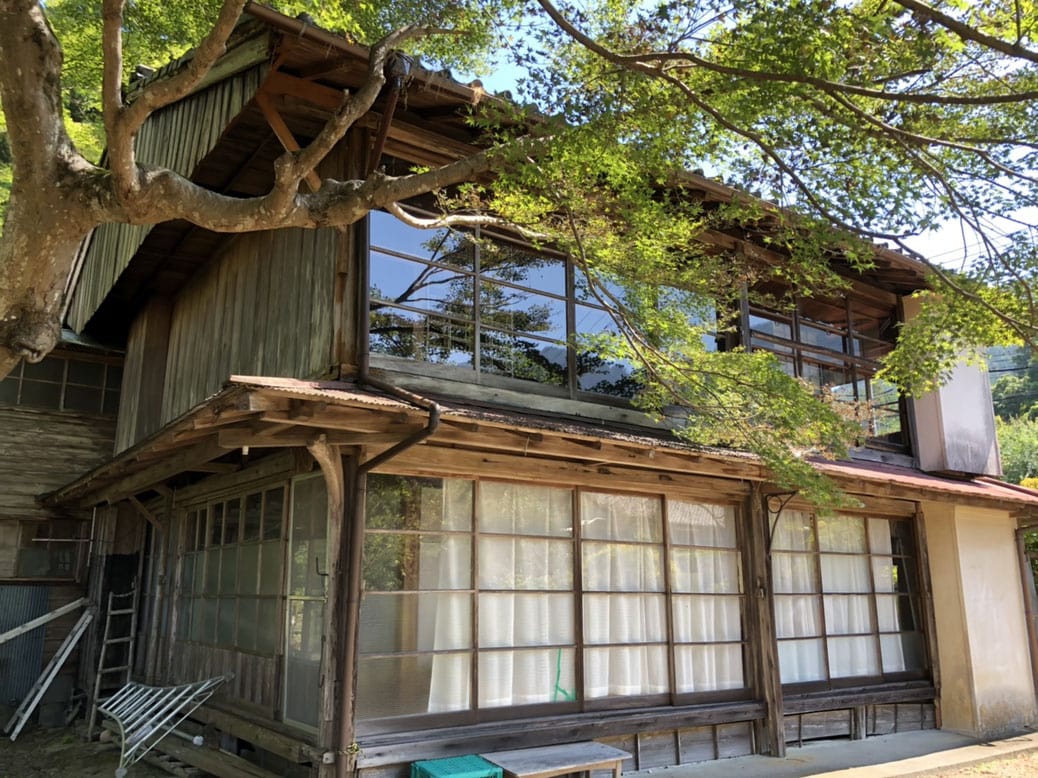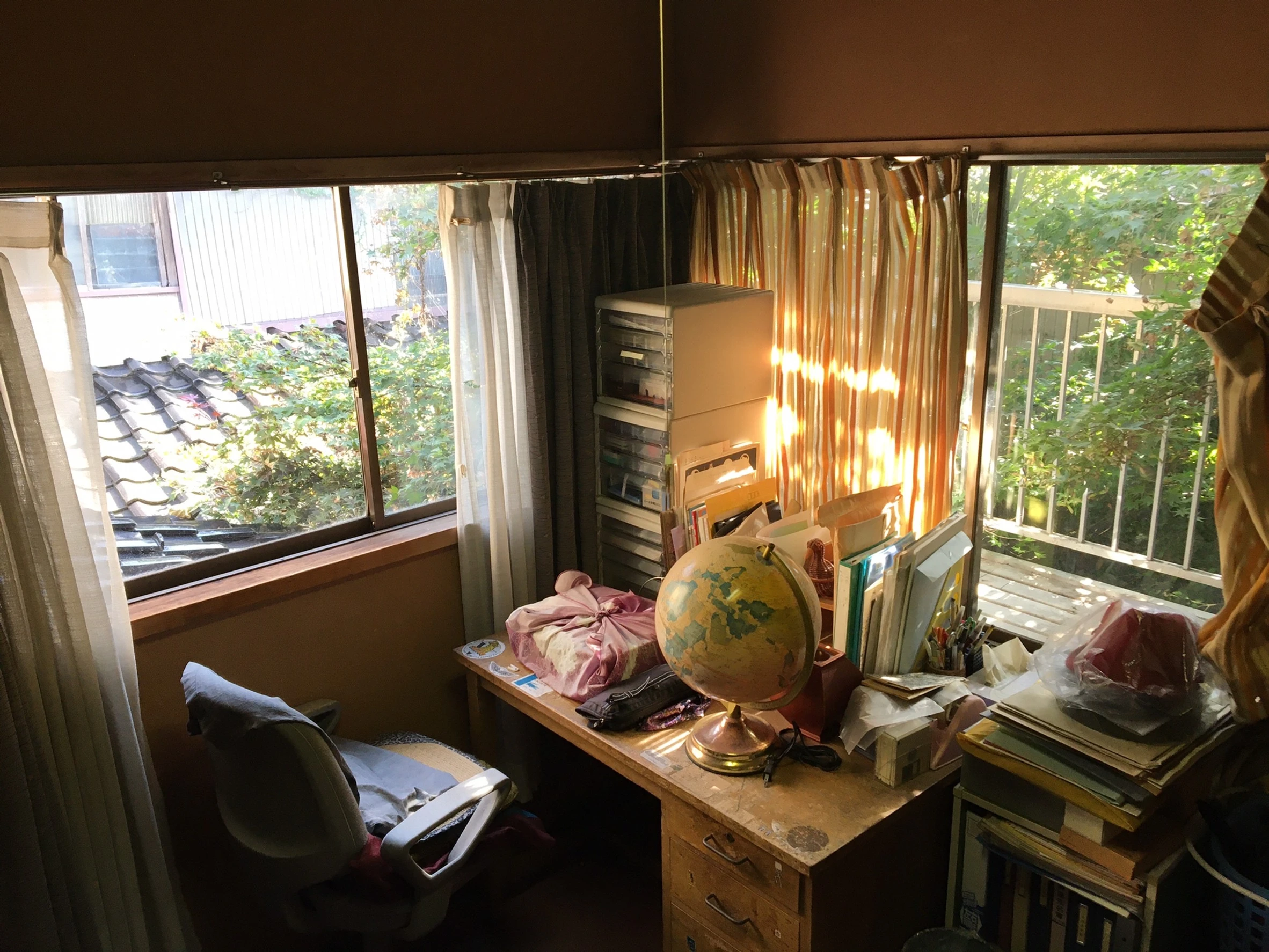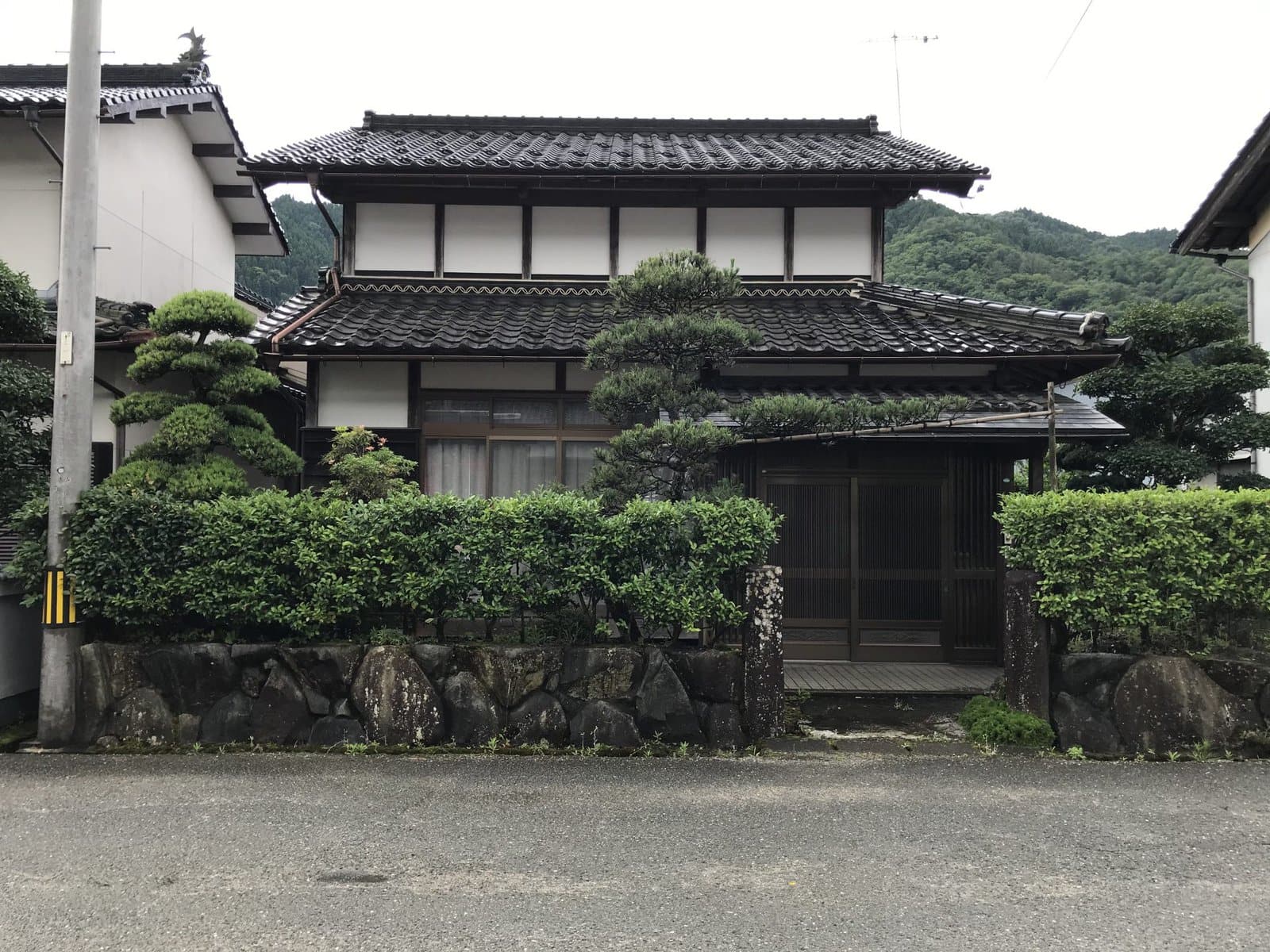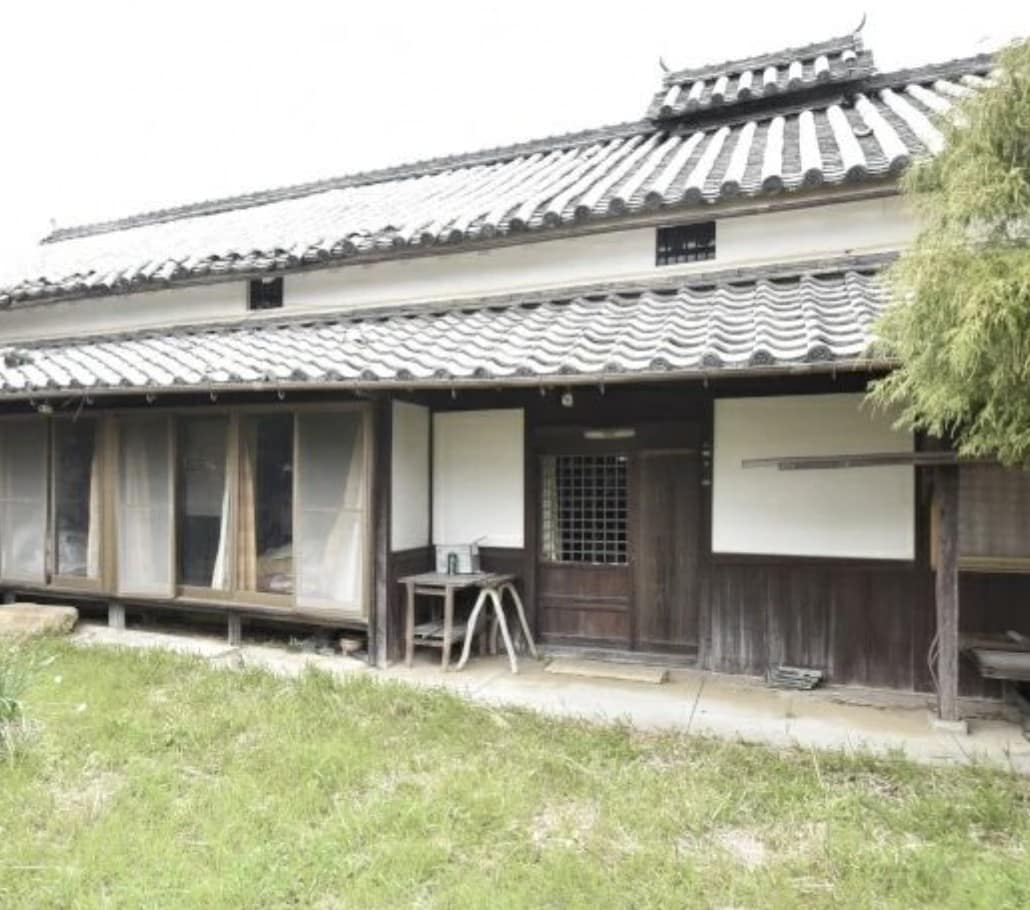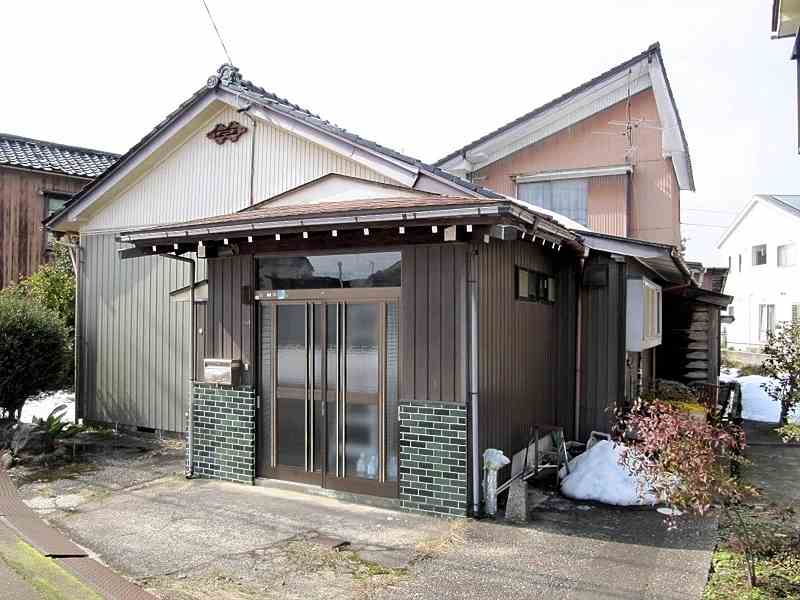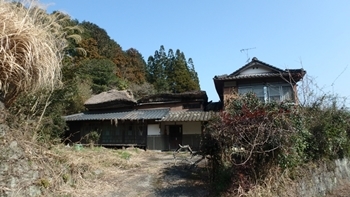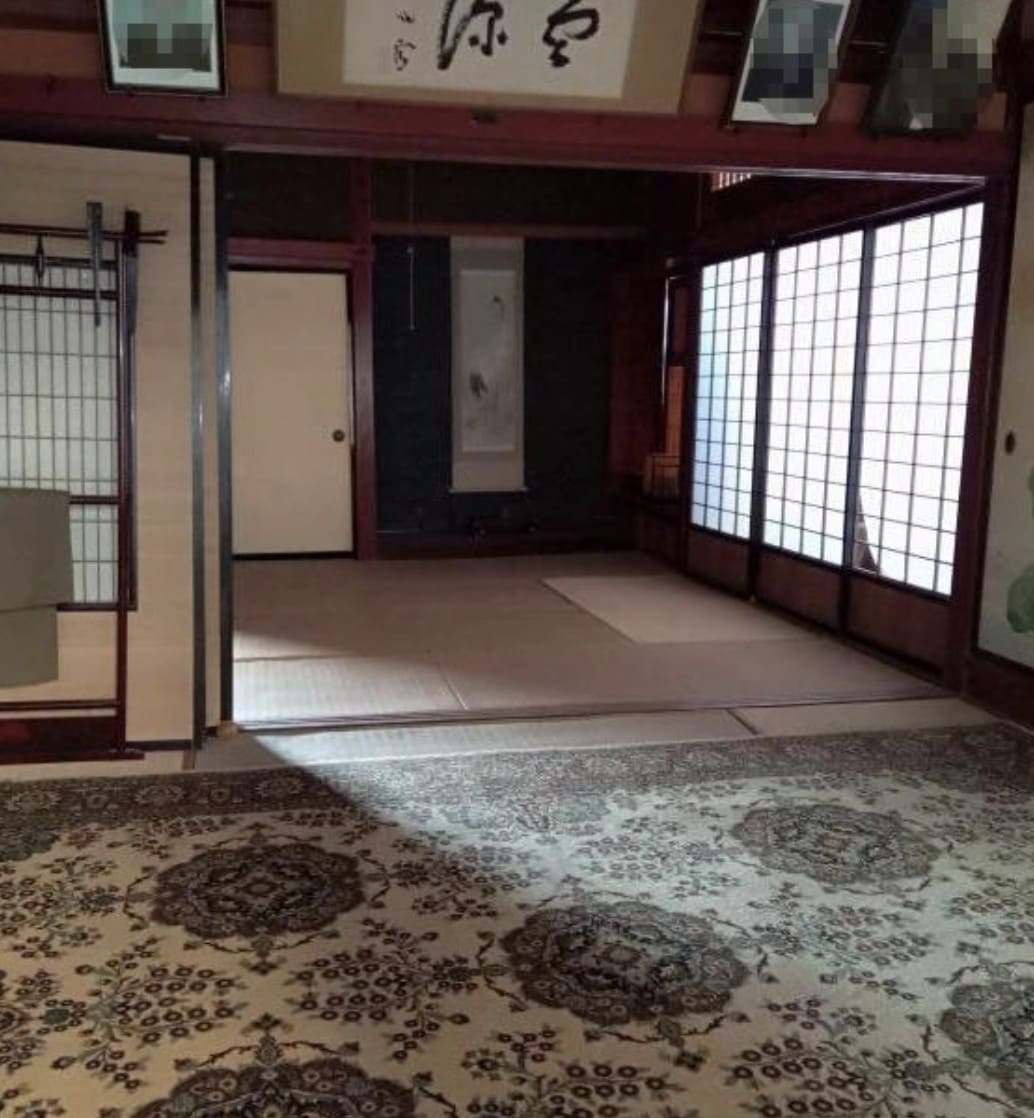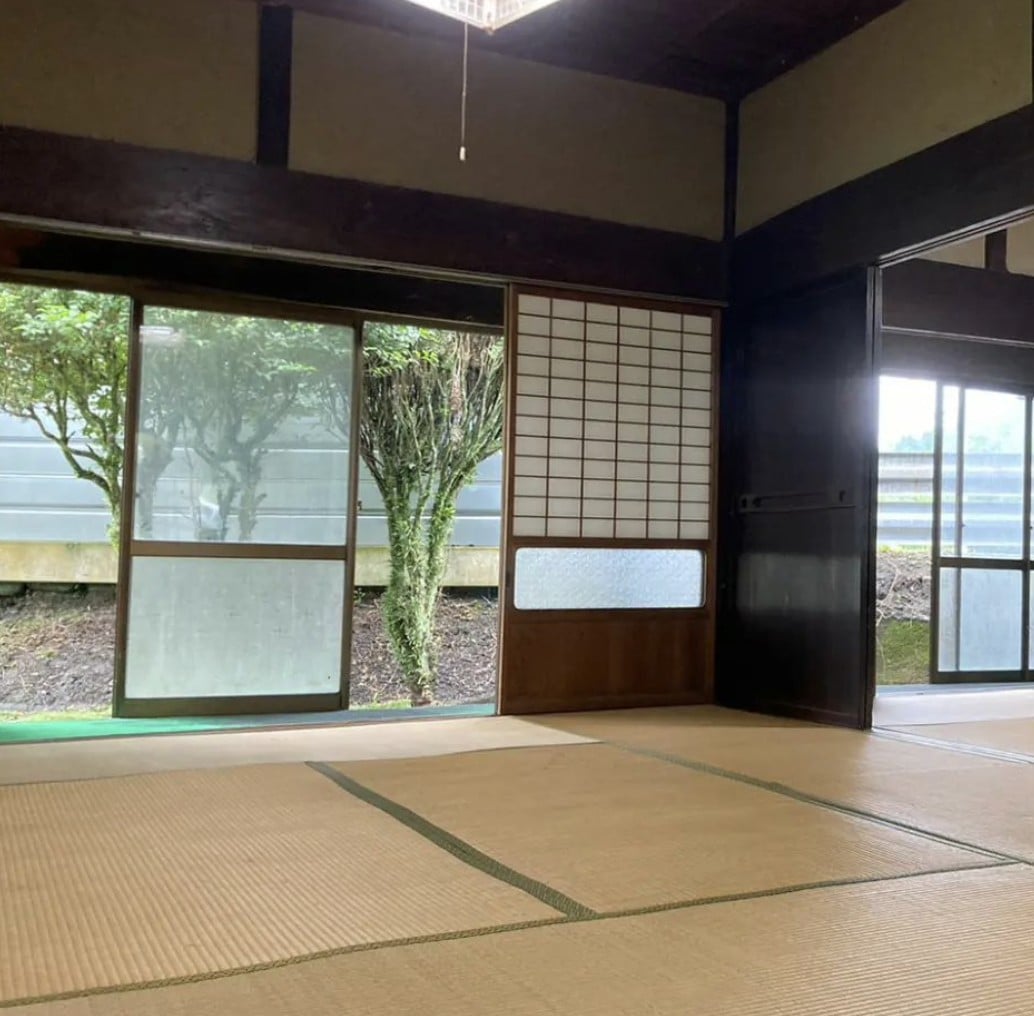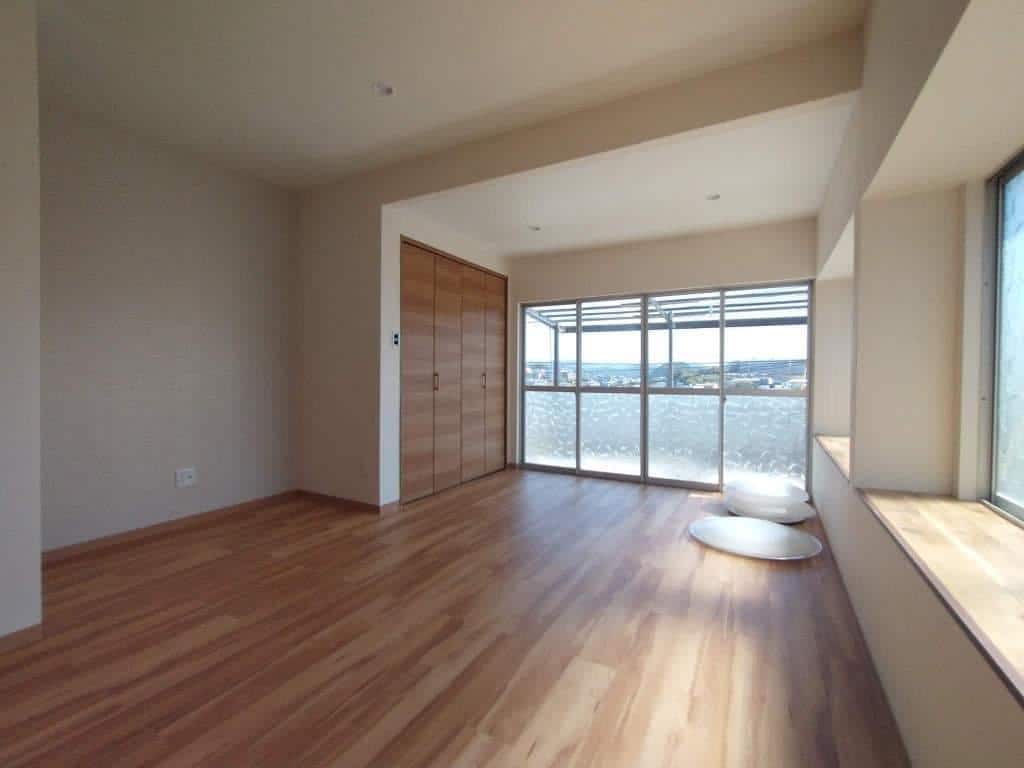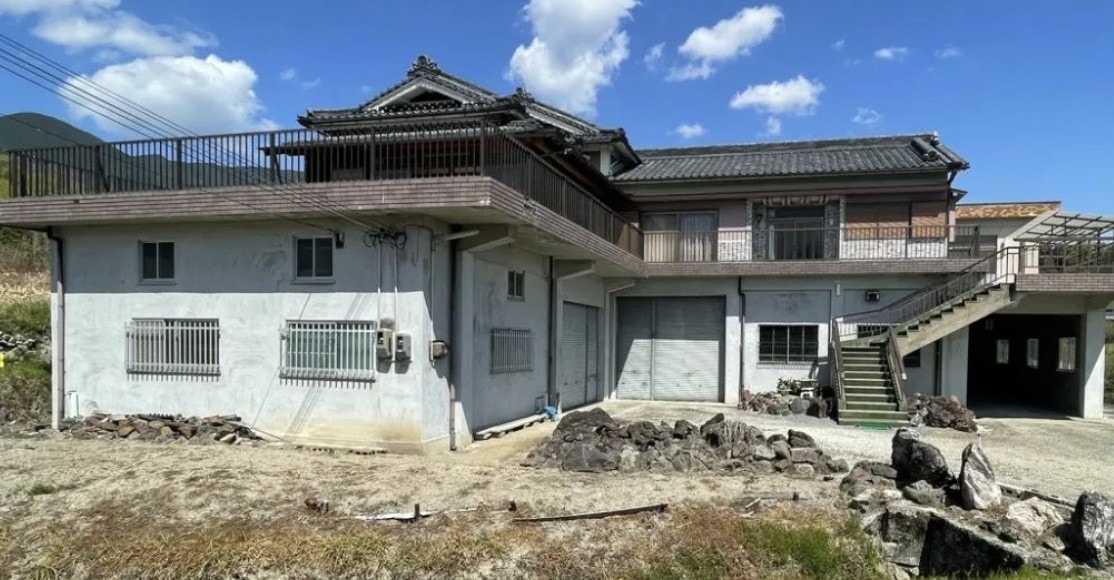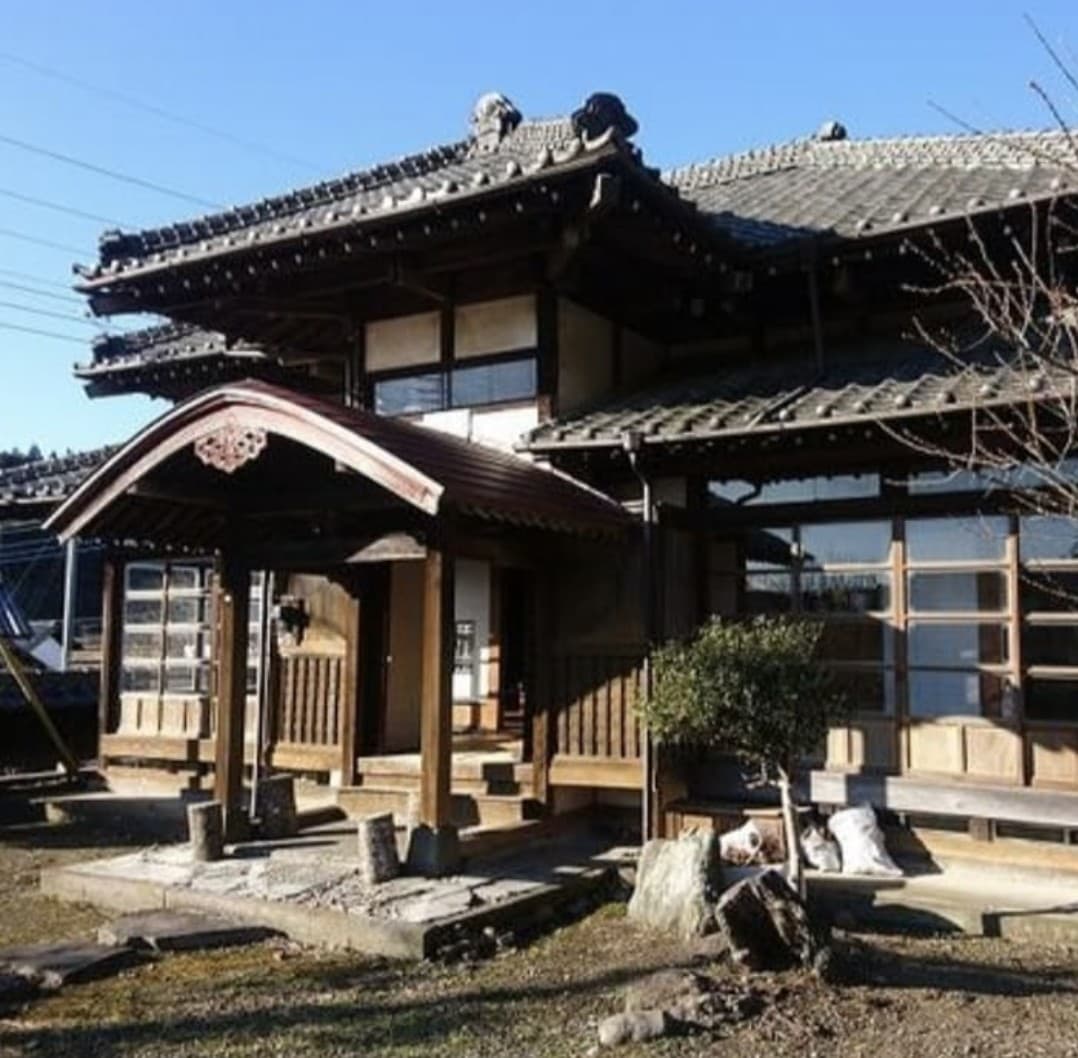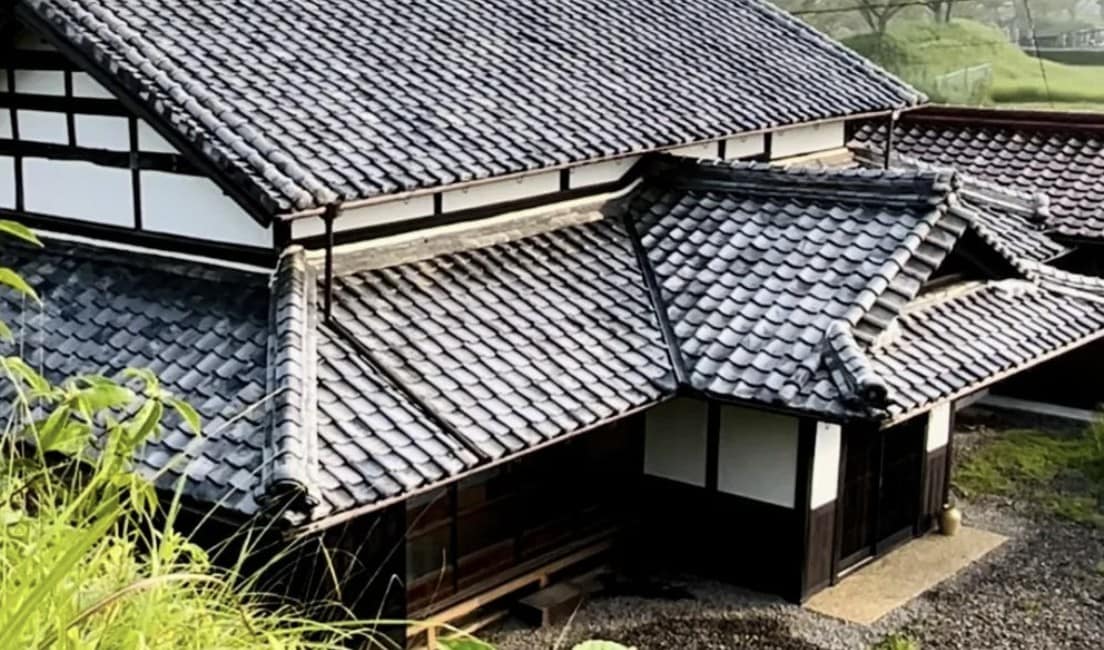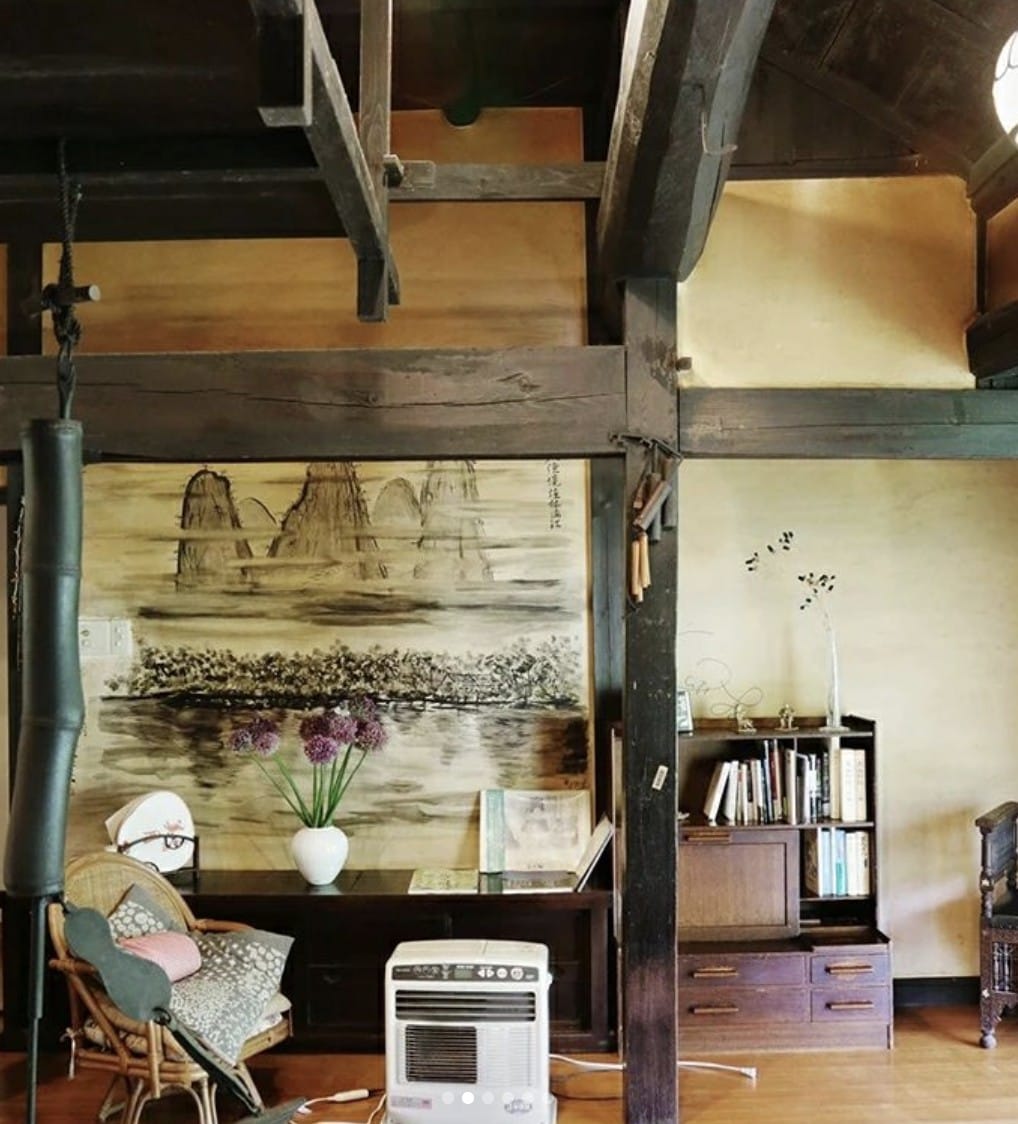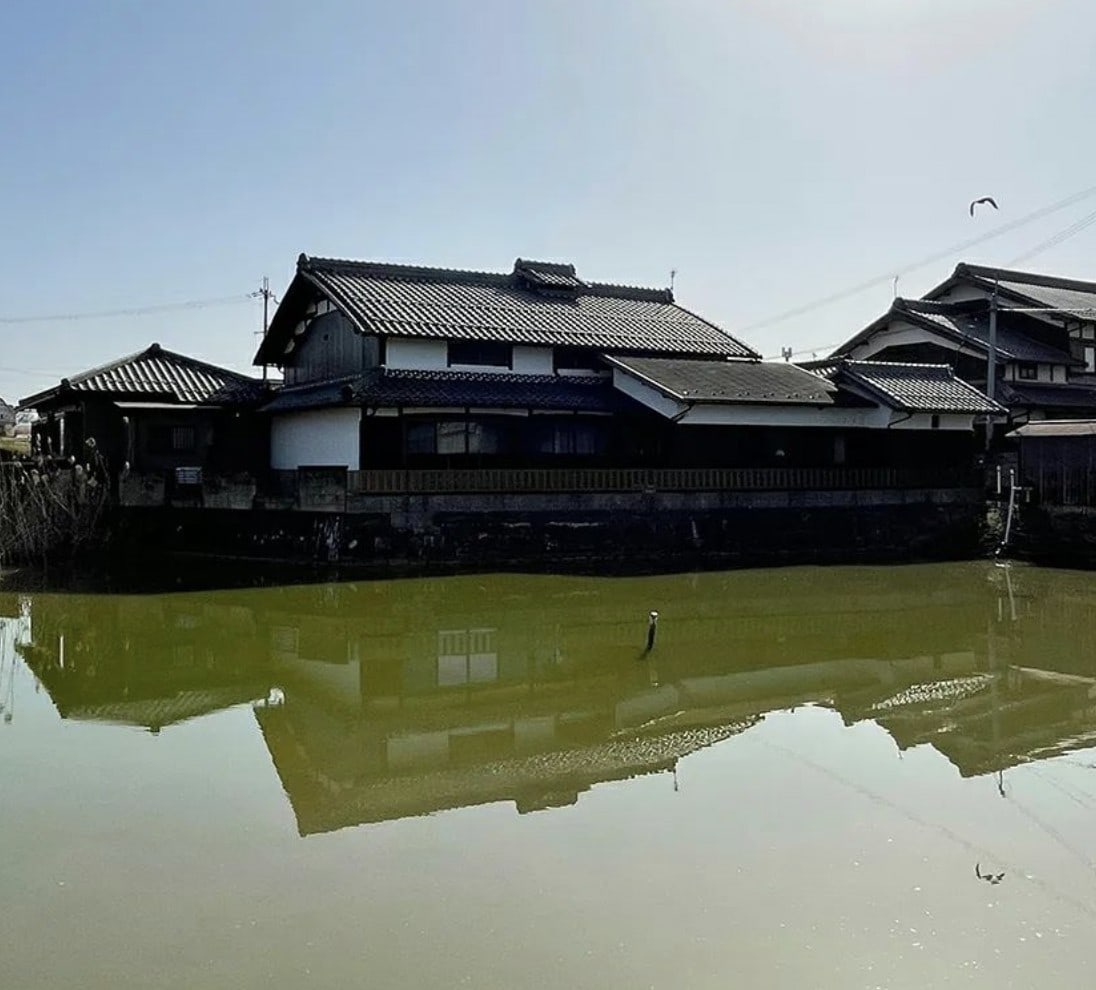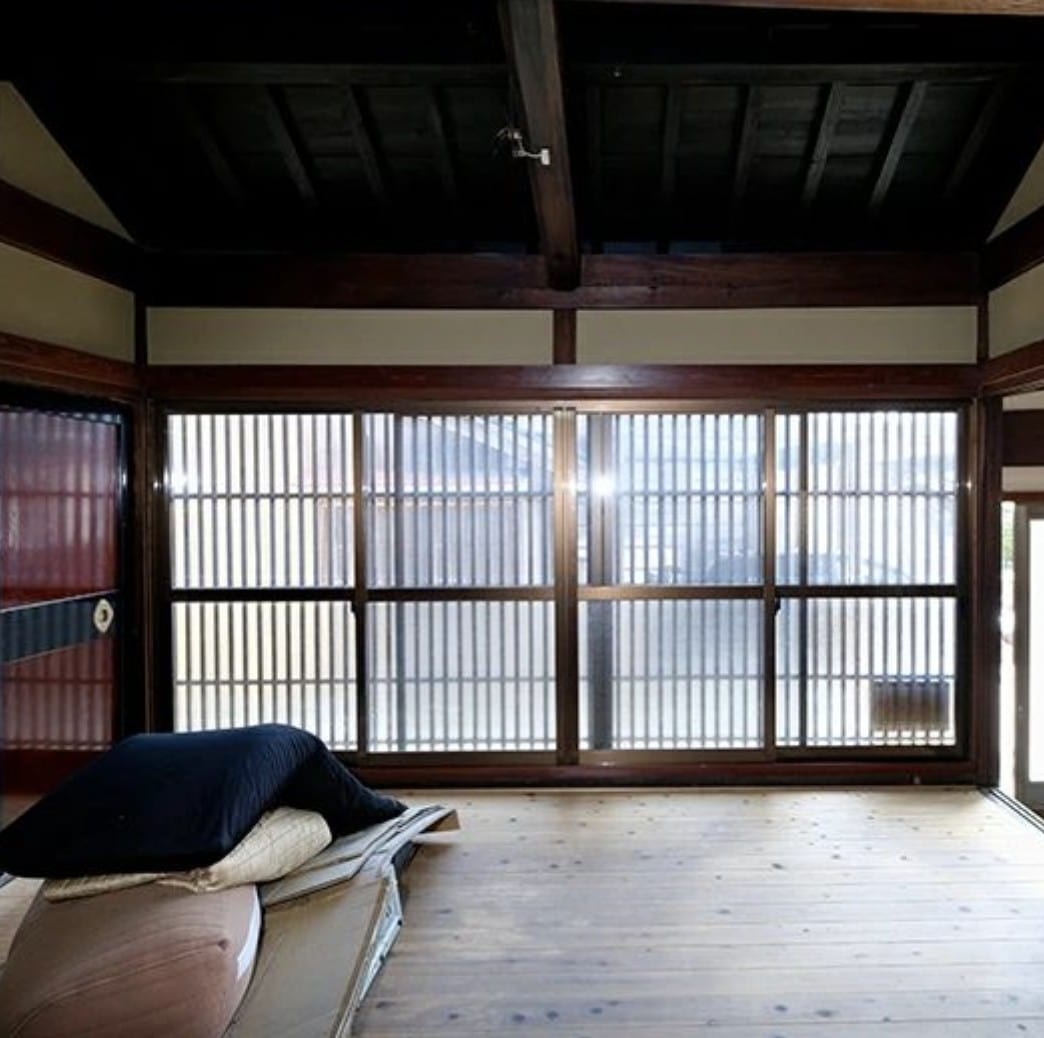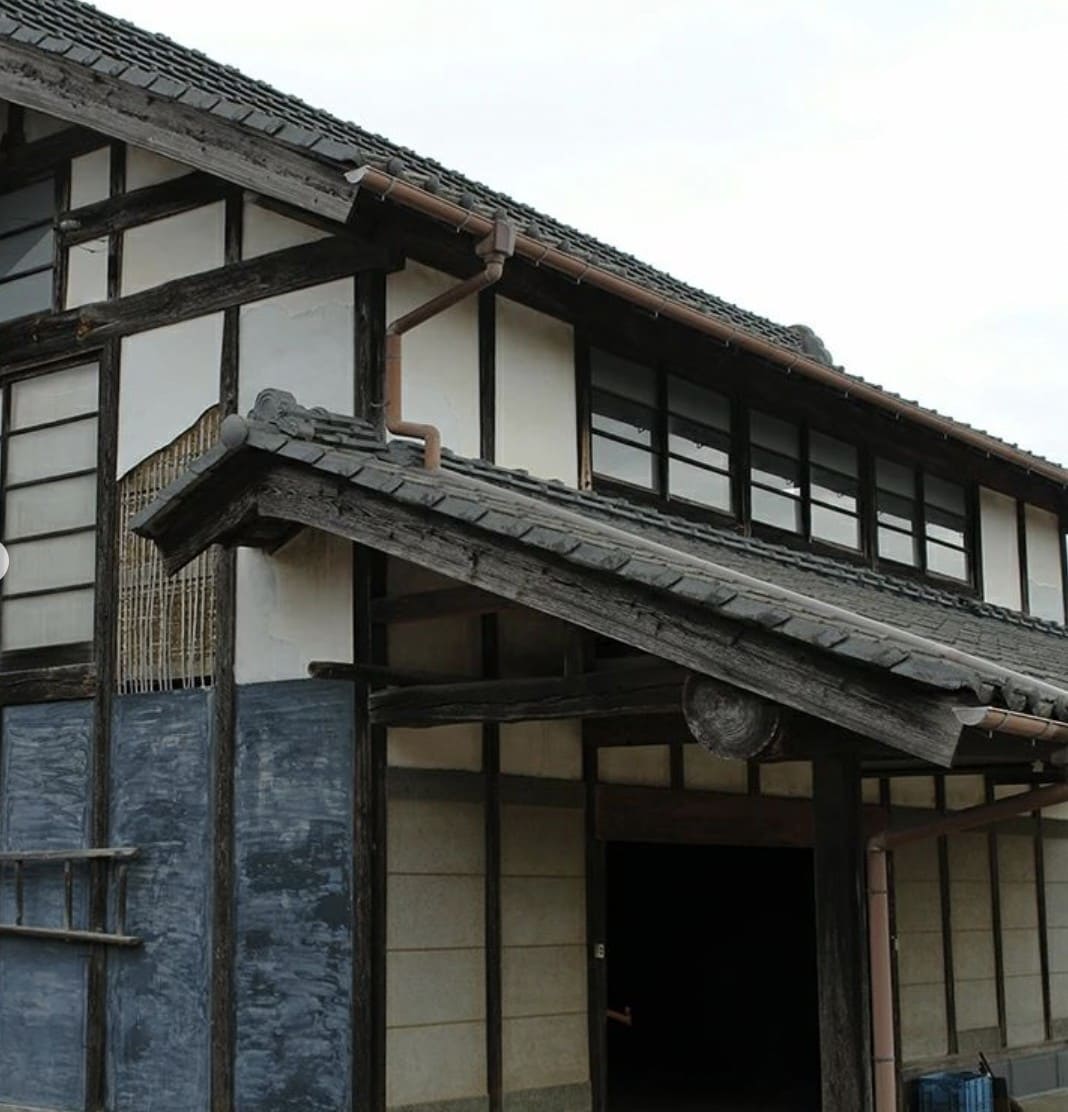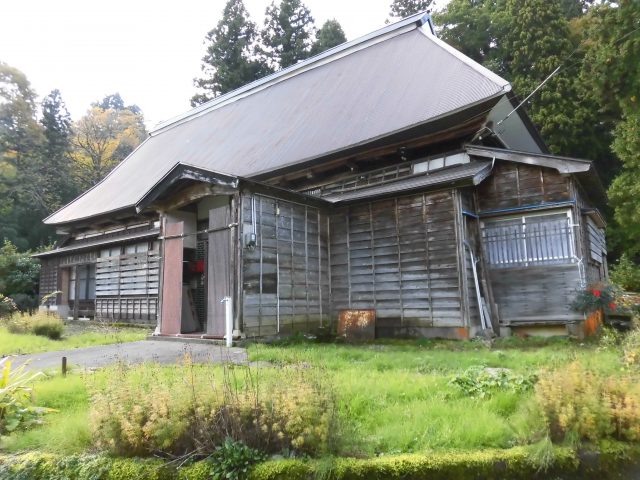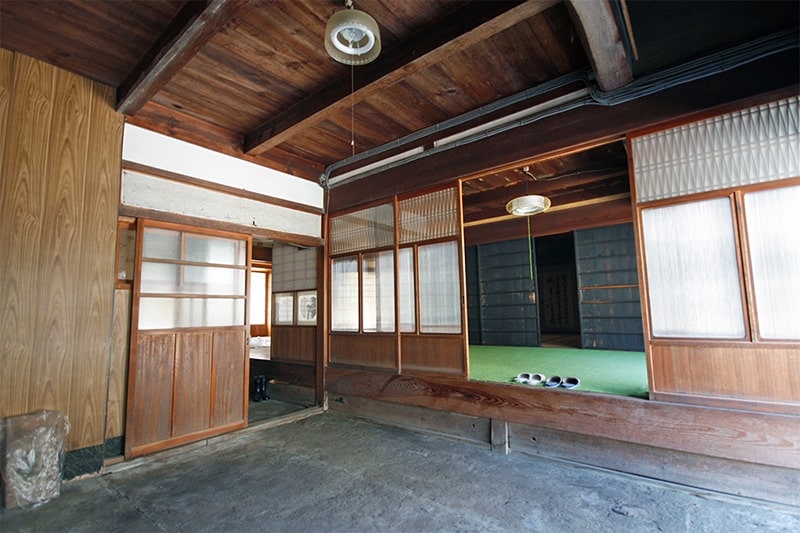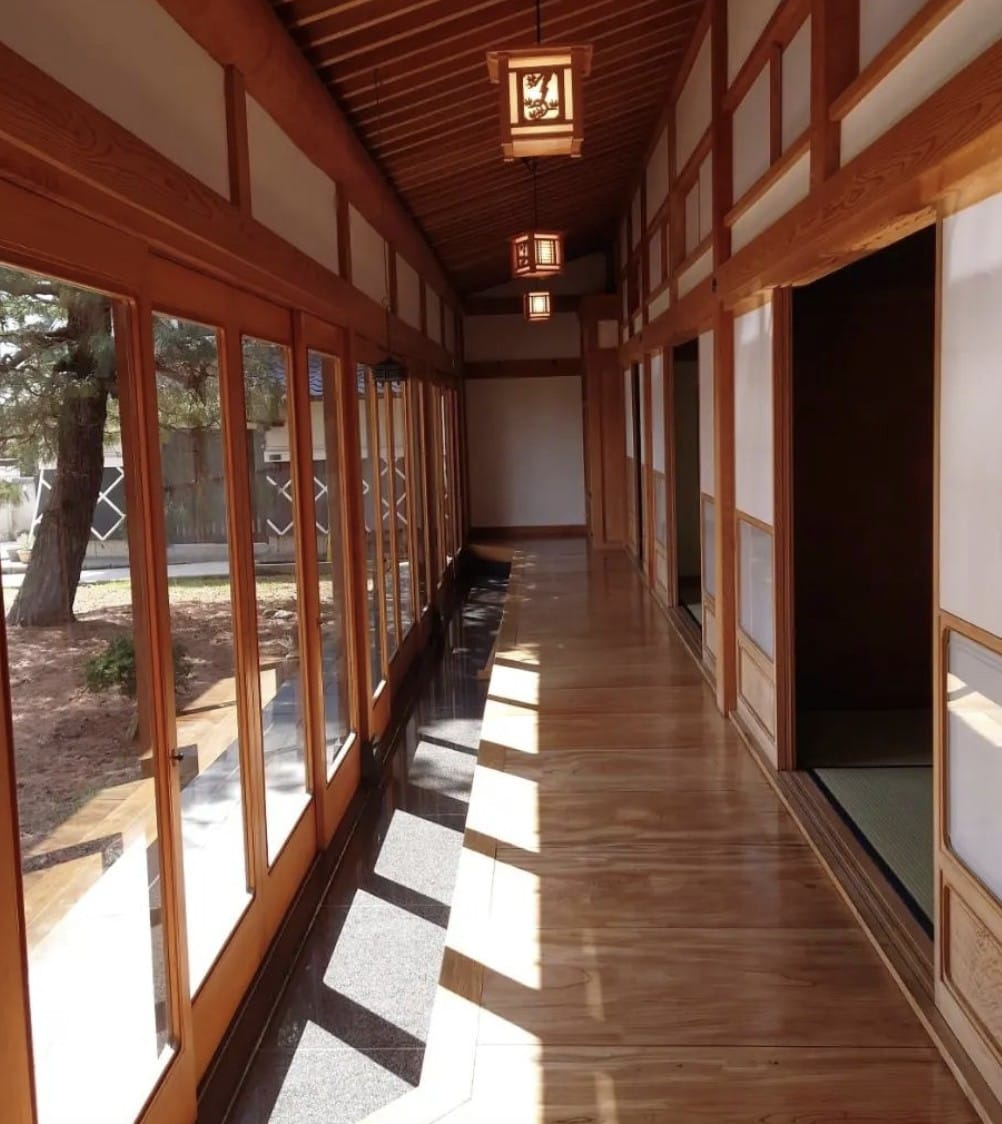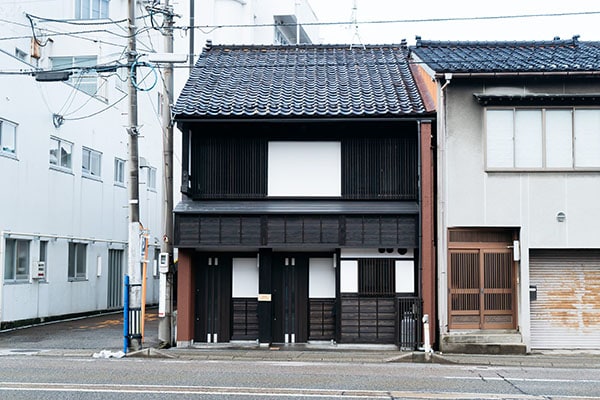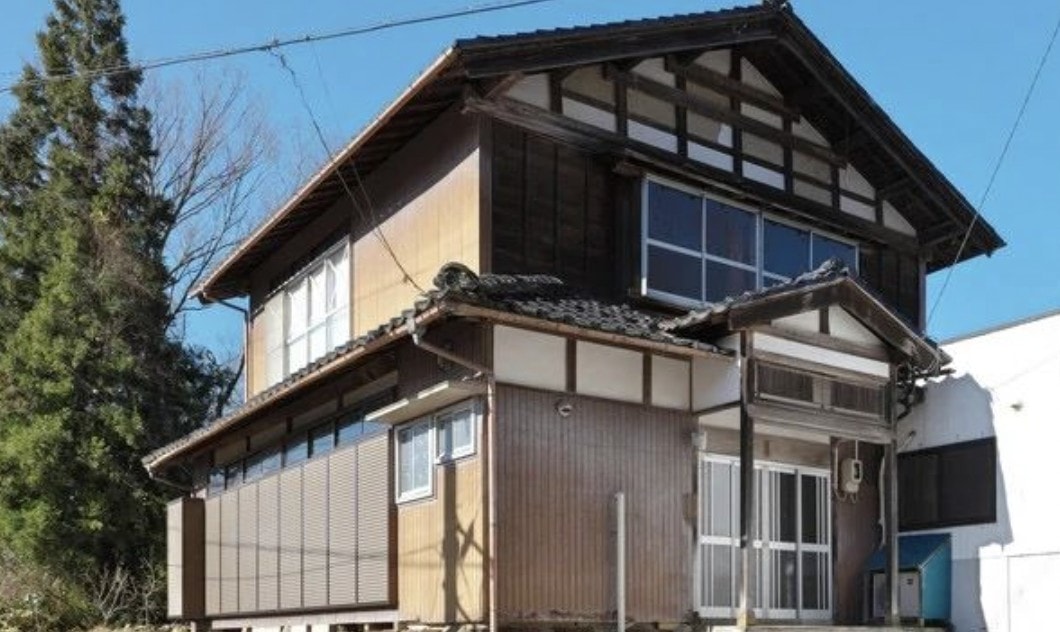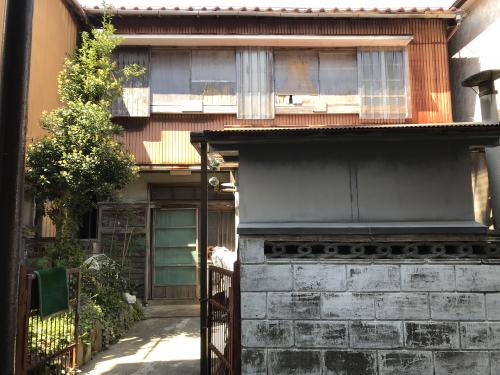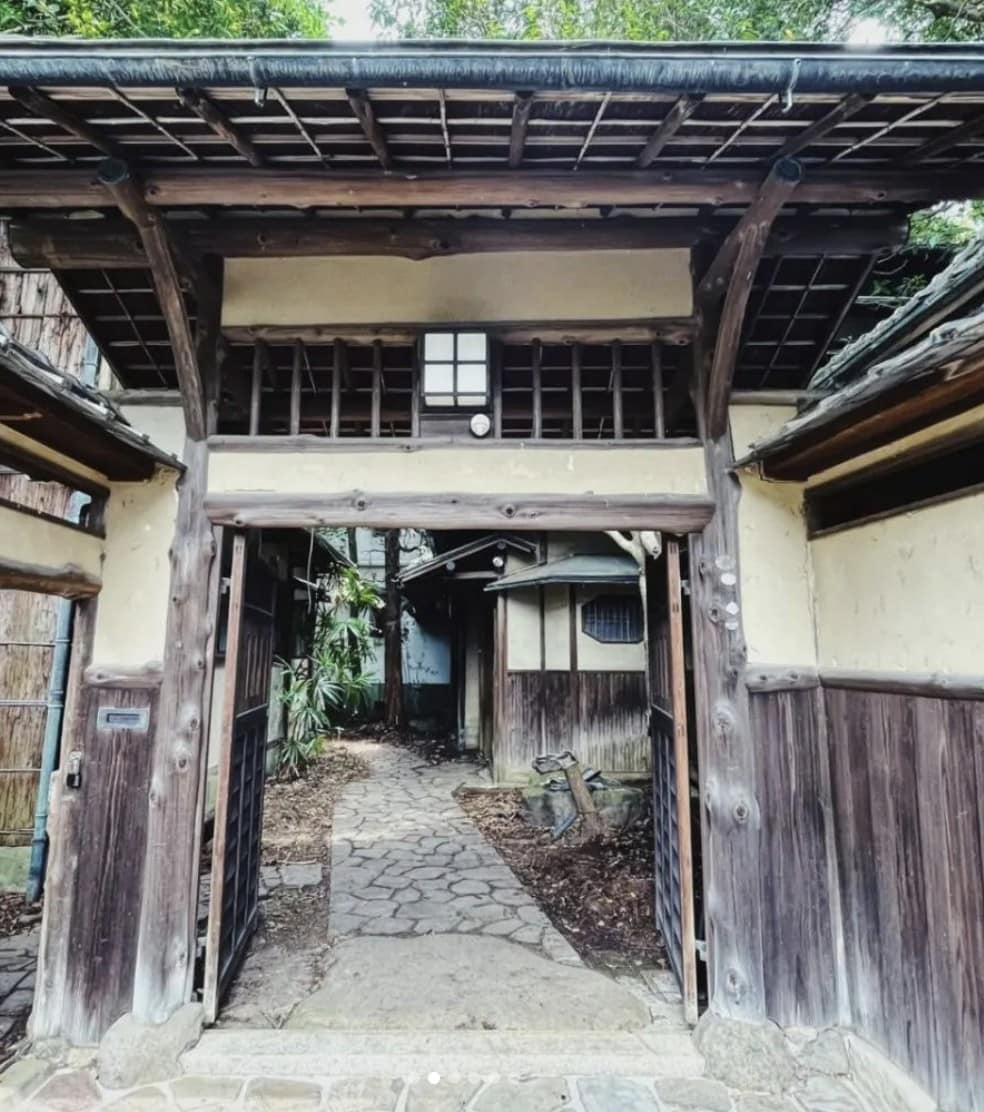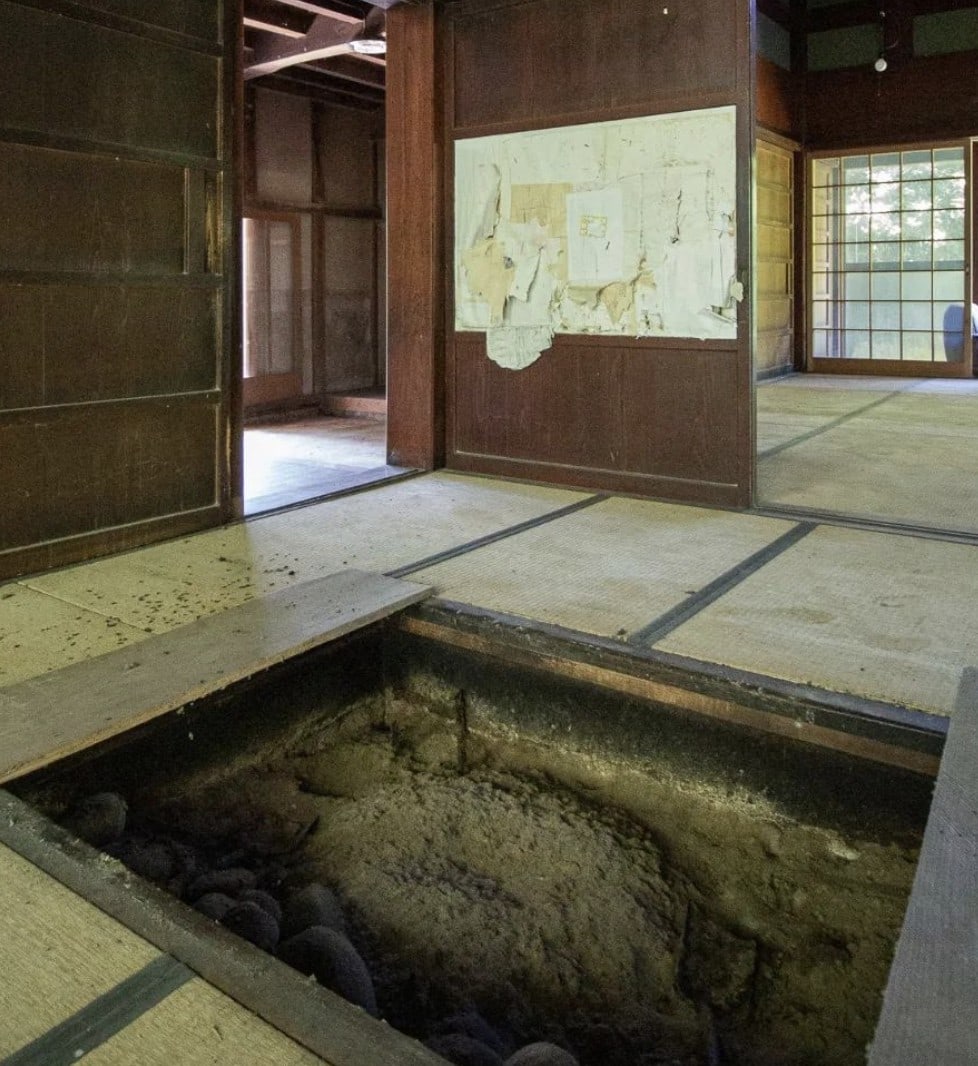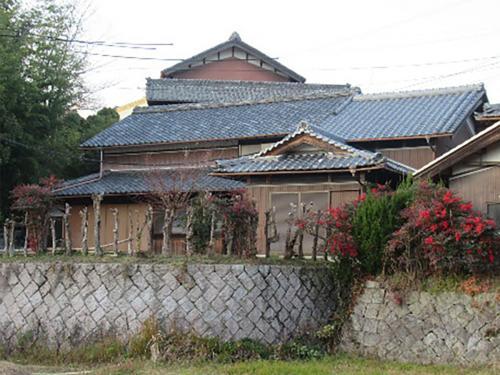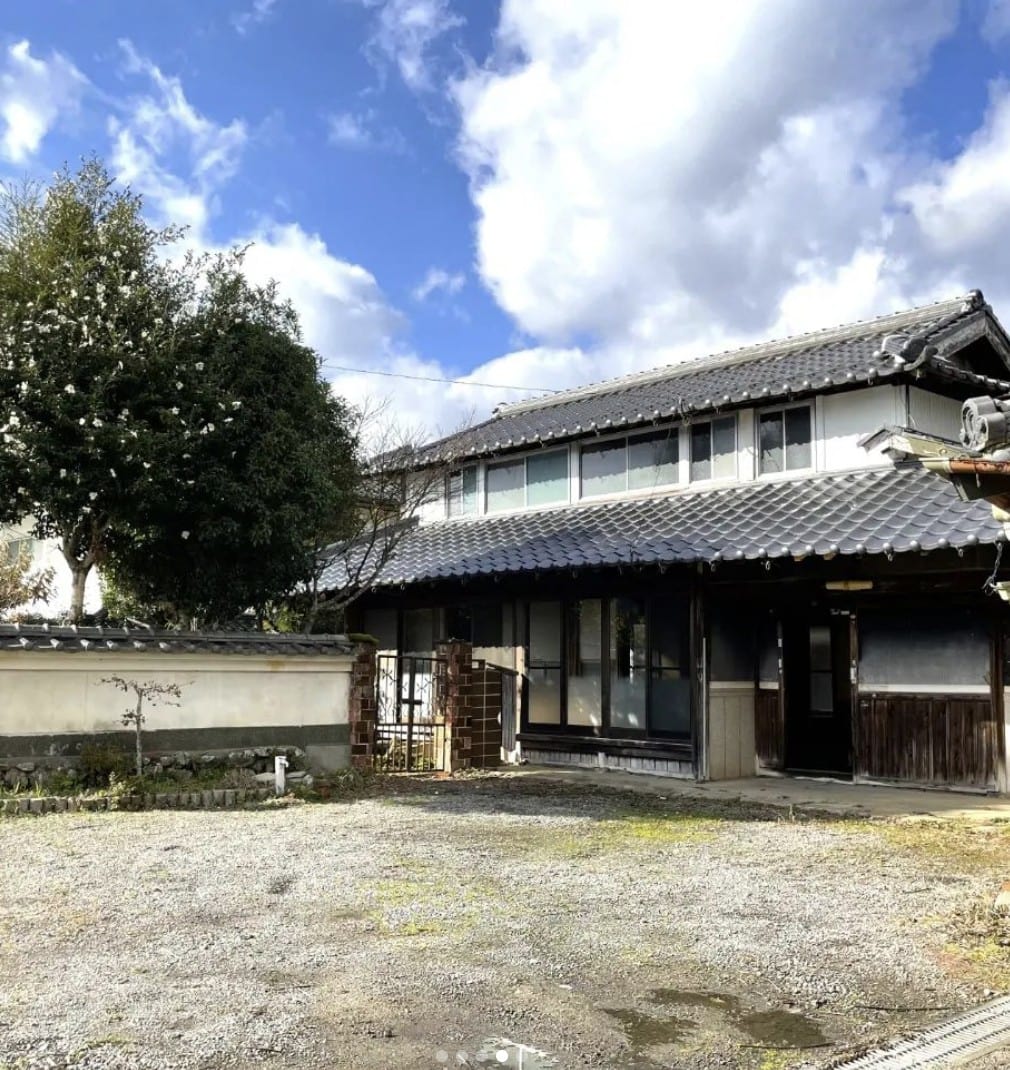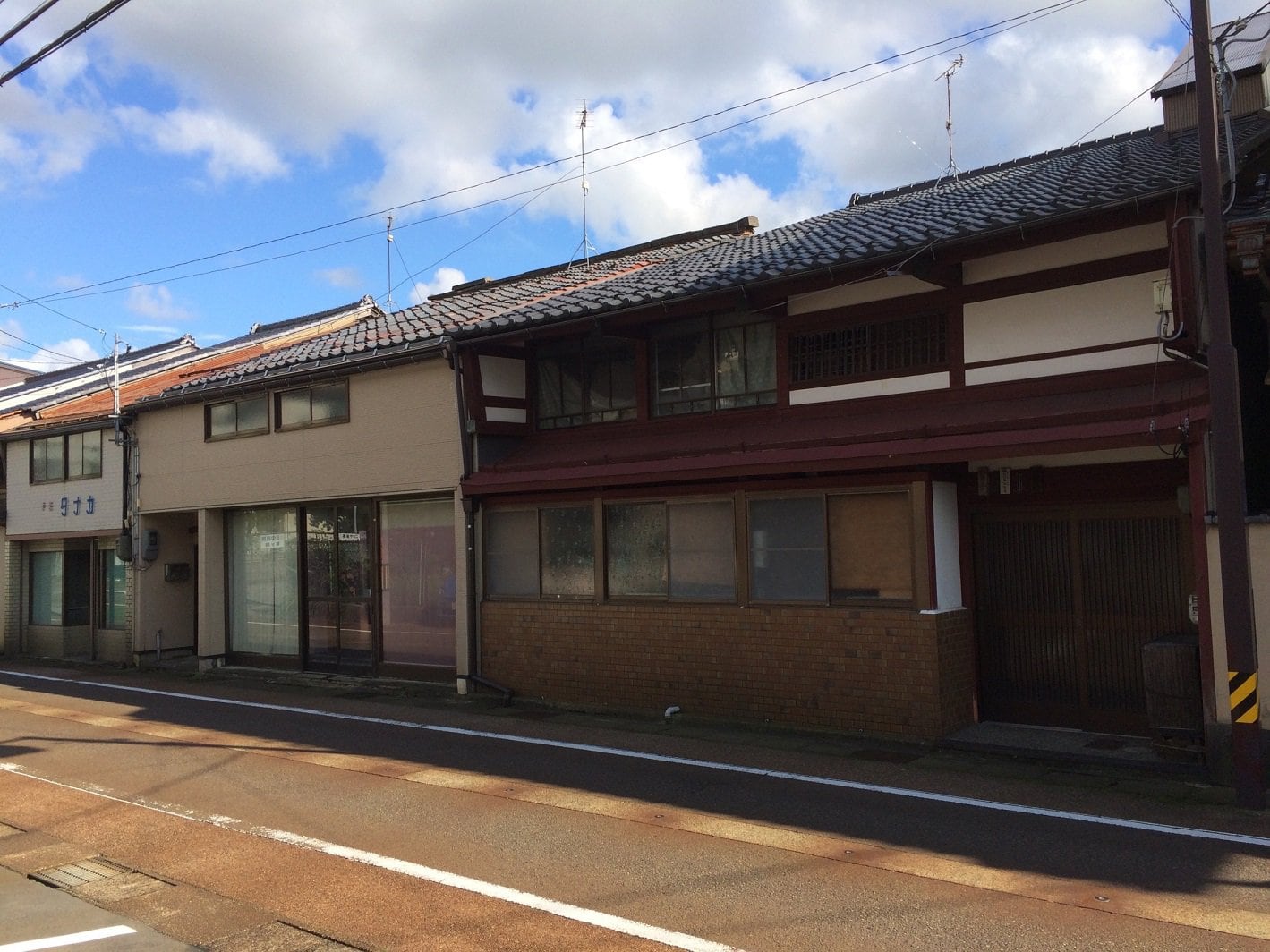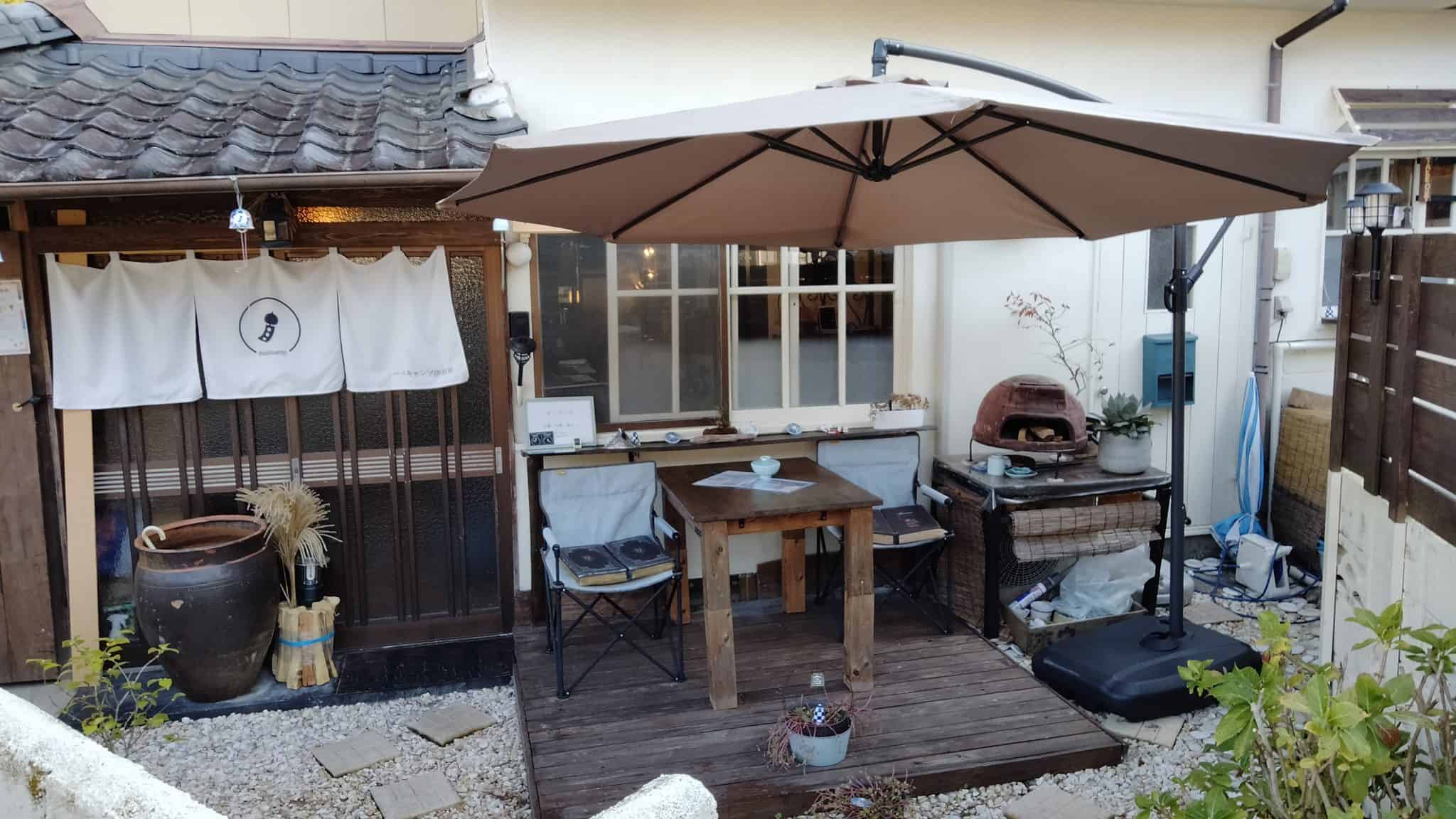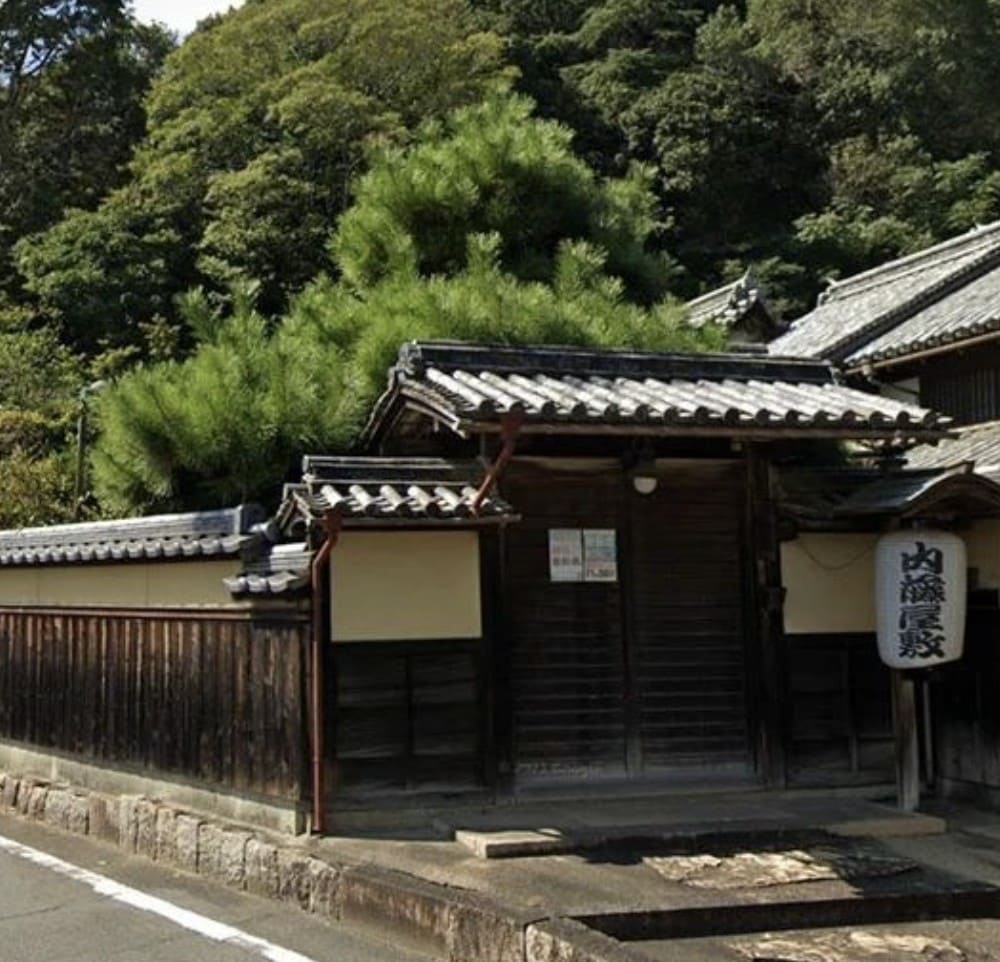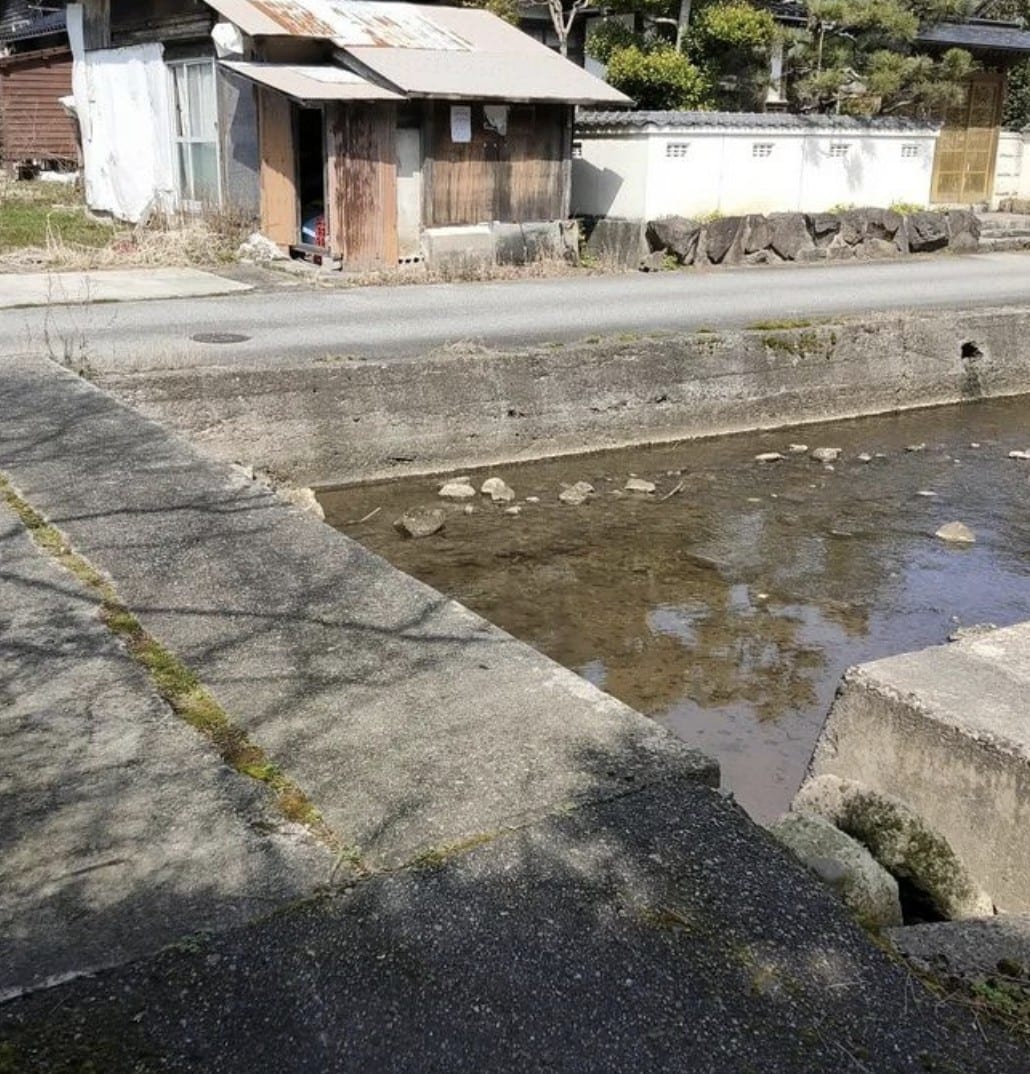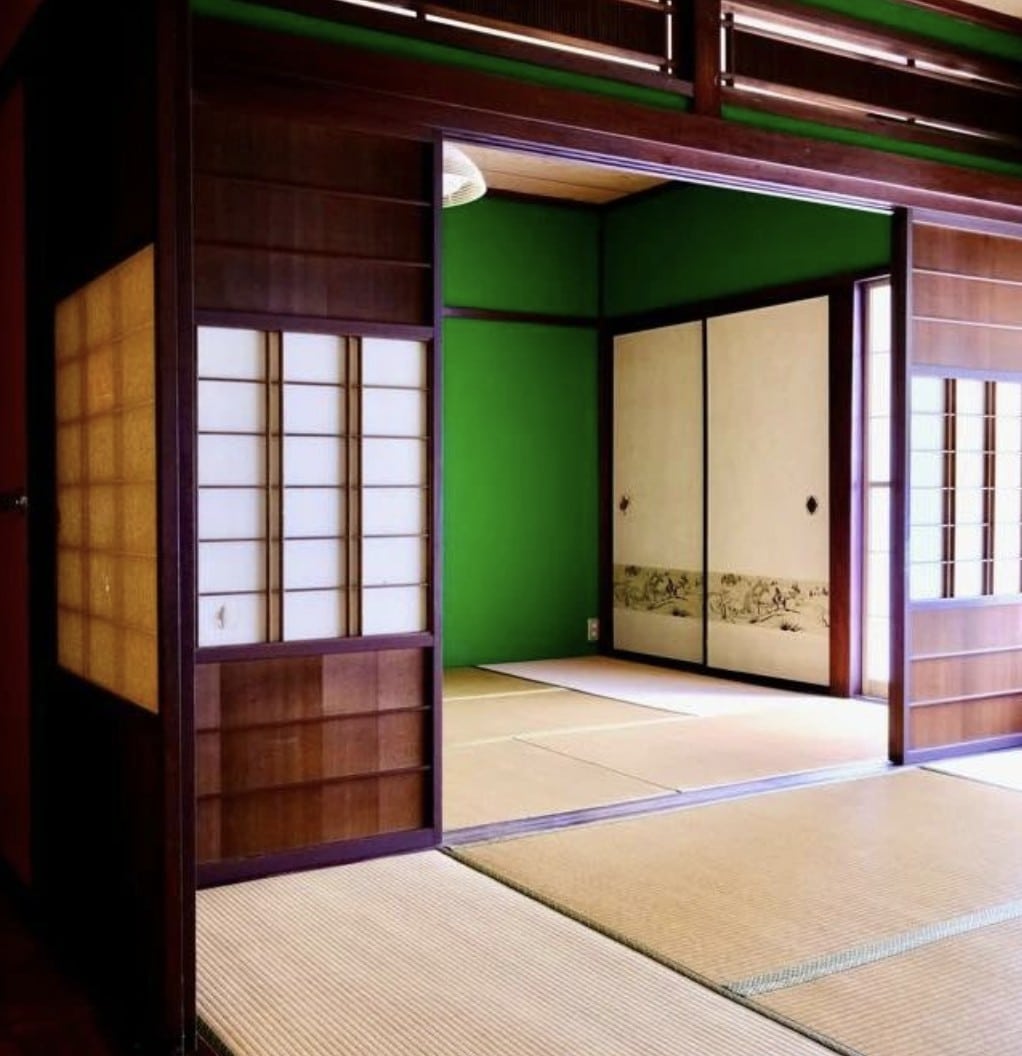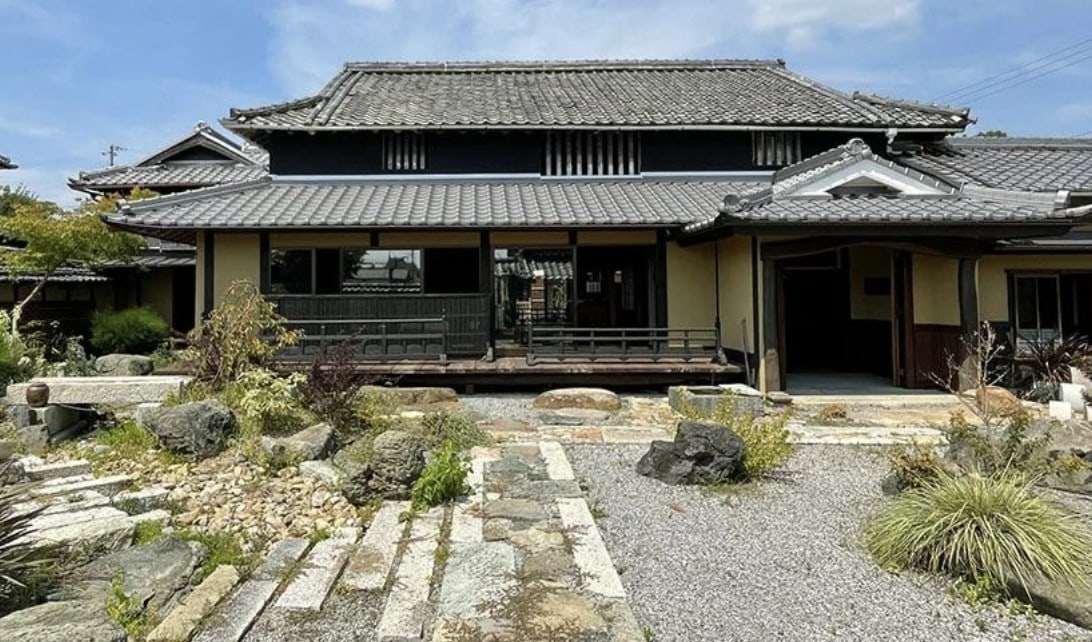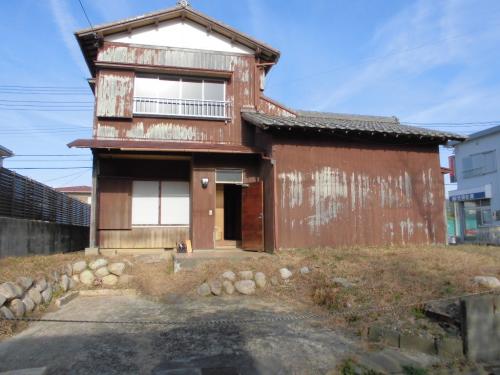To some, buying an abandoned house doesn’t sound appealing. After all, you might wonder why it was abandoned in the first place. In Japan, they look at the idea of abandoned or vacant houses a little bit differently than we probably do. They call these houses Akiya, which translates to an abandoned house in rural areas of Japan. The conditions of the houses vary drastically, some can be in tip-top shape, while others look like they may crumble at any moment. Another term the Japanese like to use for other types of homes is Kominka, which translates to “old home,” and these may also be abandoned.
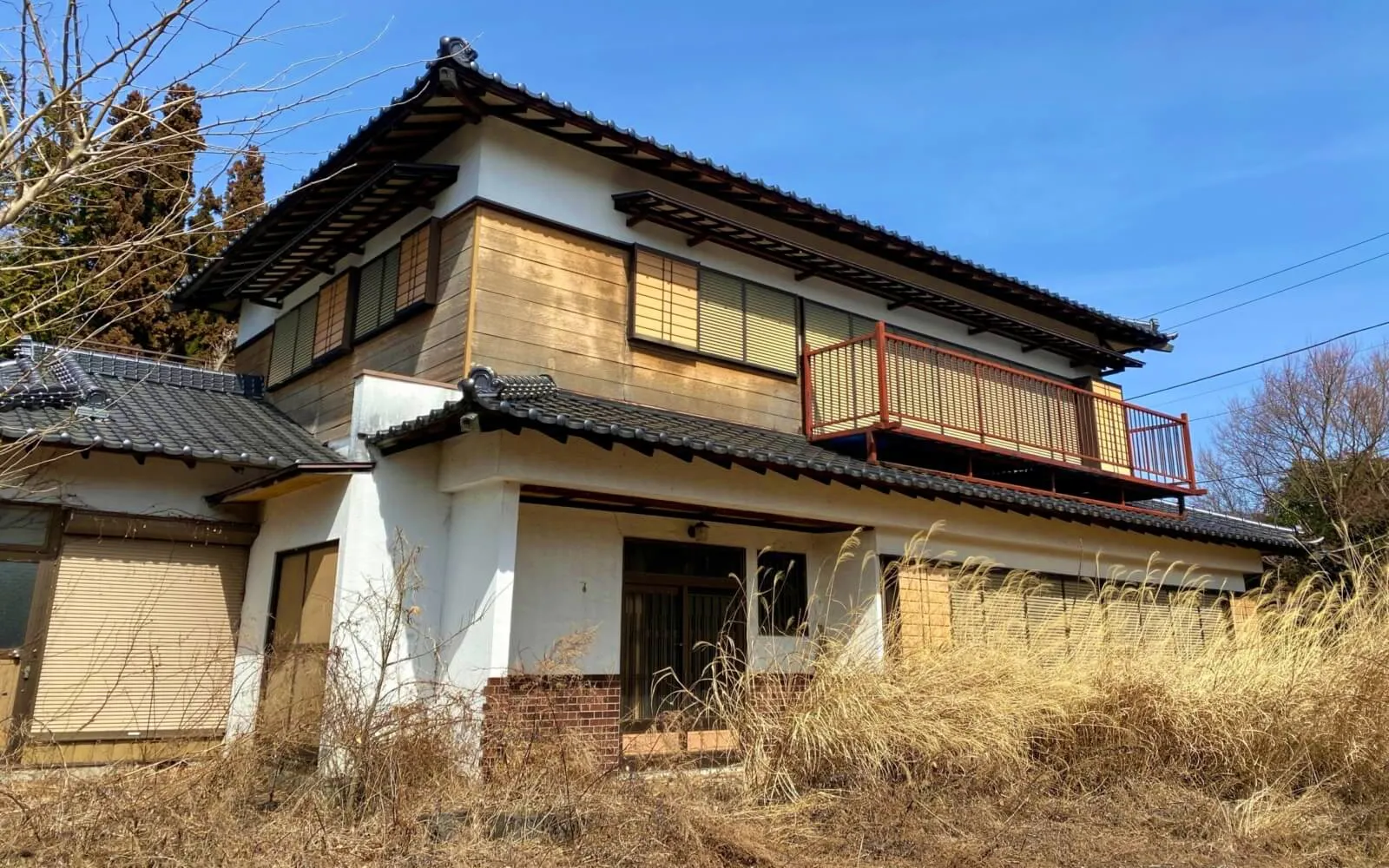
In one instance, the local government launched a system allowing the transfer of vacant houses free of charge to new residents. Once the deal is made, they pay both the former and new owners a subsidy for any expenses. They began this project to increase the population and prevent these old houses from collapsing on themselves. Even though these houses may be free or cheap, they come at a high cost to repair and maintain.

Despite this, there are several success stories where people found their dream home. Tom Fay, a foreigner from the UK who bought an Akiya in Japan, talked about his experience. He bought the house for six million Yen or $40,500. In an interview, he said his house “needed a new roof, lots of new floors, a new bathroom and kitchen (the old toilet had been in a separate building outside), new windows, and a full makeover.” After seven months of repairs, he could finally move in. He went on to say, “The full renovation will end up costing quite a lot more than the price of the house. There will still be a lot to do over the years to come to get it exactly as I want it, but that’s half the fun of moving into a kominka I think.” If you’re up for the challenge, then an Akiya might be the perfect project for you.
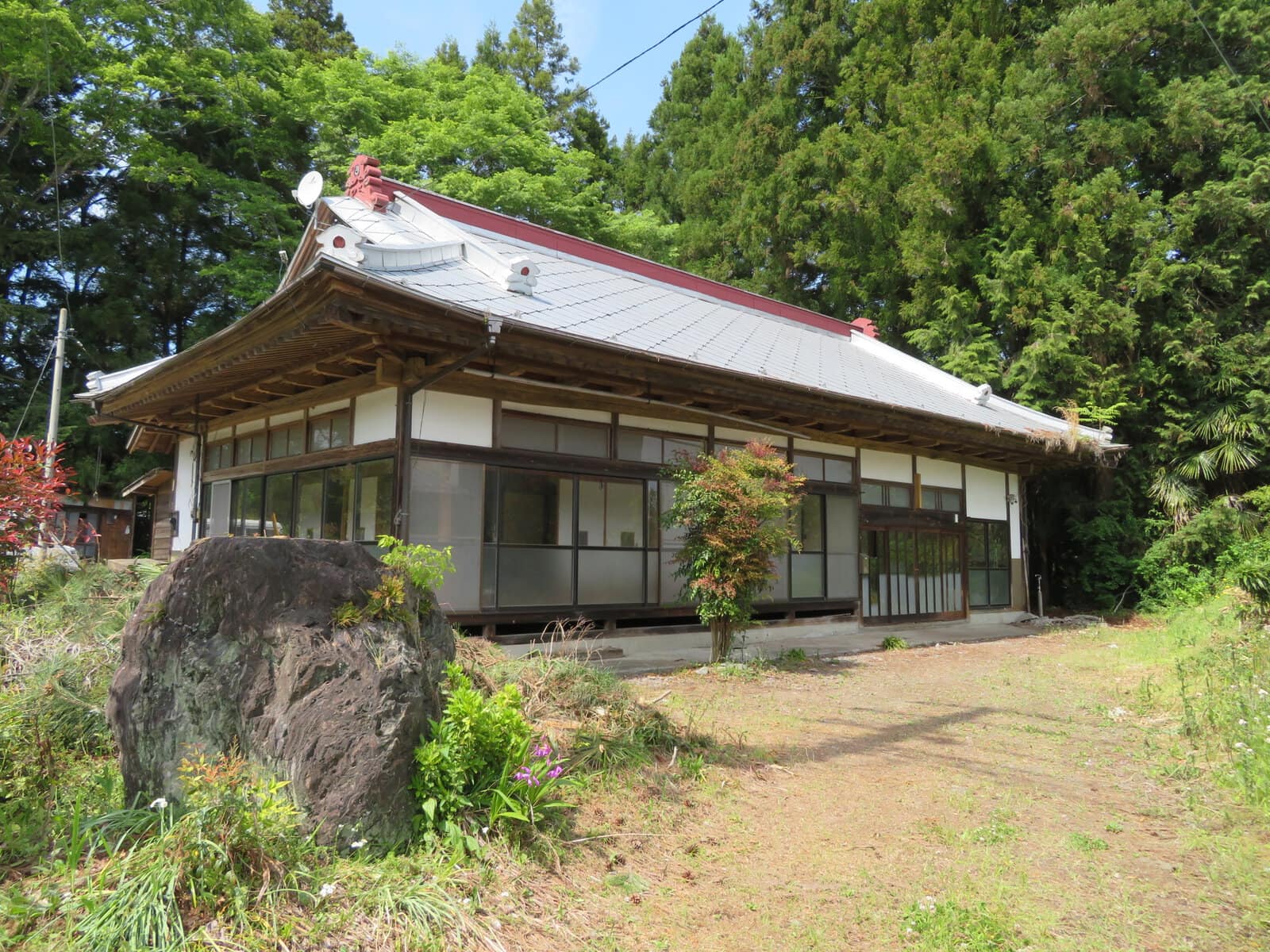
A 1920’s Wooden Building
This gorgeous Akiya is selling for a whopping 2.5 million Yen or $16,900. It’s a single-story building with six bedrooms and a storage room, all located across 1,034.78 meters square. It was originally constructed more than a century ago, in 1920. This house holds a lot of history (Koryoya)


